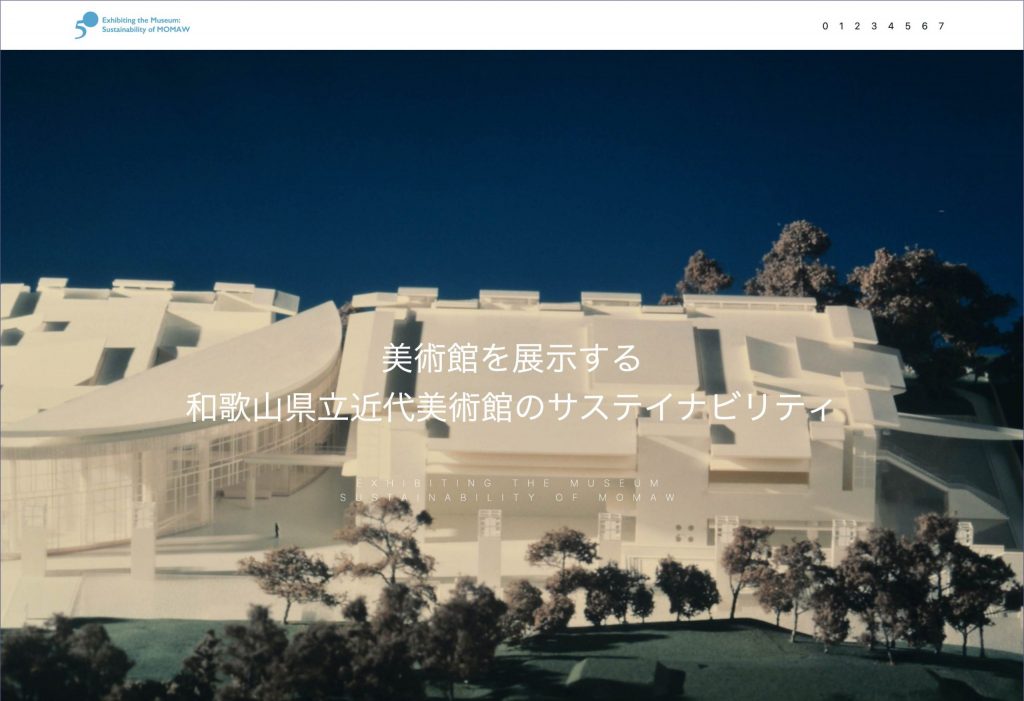
August 20, 2021
The Future of Museums and Their Sustainability—A Case of The Museum of Modern Art, Wakayama
Kanae Aoki
Curator, The Museum of Modern Art, Wakayama
ICFA Board Member
Letting the Public Join the Discourse
What is the purpose of an art museum, or museums in general? It’s a simple but essential question that we, ICOM members cogitate regularly. The heated debate in Kyoto over the “museum definition” is still fresh in our memory, but I can’t help but feel like those discussions are contained within the museum sector. As an institution to reach out to society, isn’t our responsibility to open our doors to the public and allow them to join the discourse?
“Exhibiting the Museum: Sustainability of MOMAW” (English translated website will be launched soon) was held at the Museum of Modern Art, Wakayama in 2020 with the hope of igniting such a discussion. The contents of this exhibition and photos of the venue are posted at the link above for your viewing. I would like this article to be a record of our aspirations, and a case study for the future of sustainability of museums.
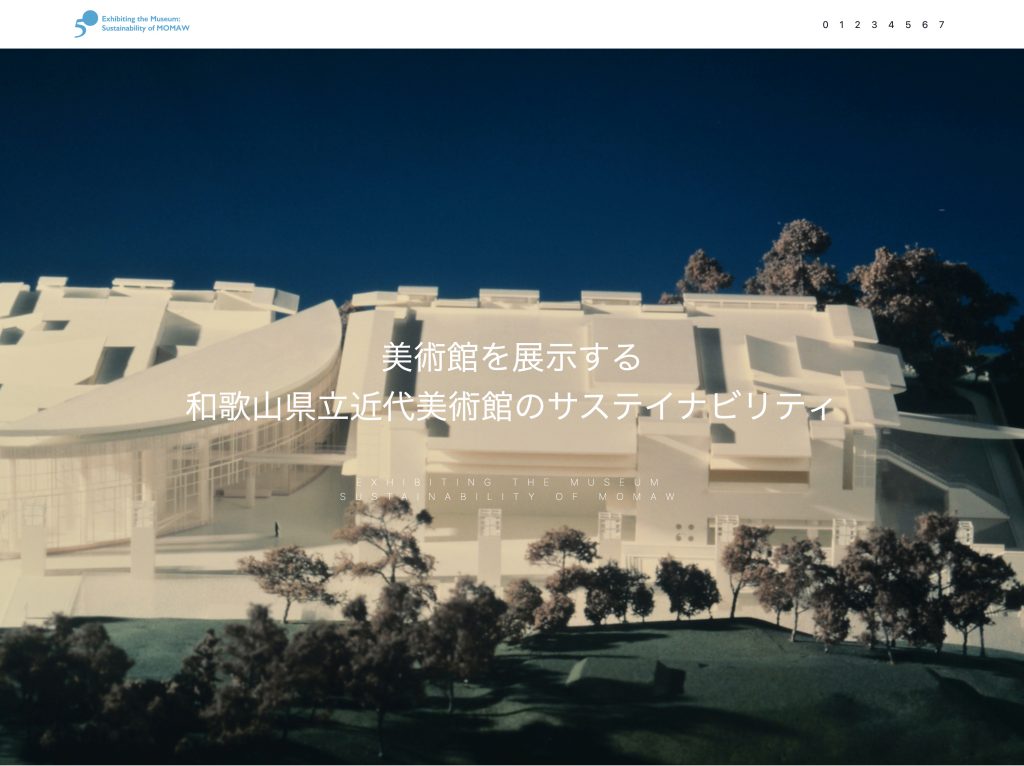
The Museum of Modern Art, Wakayama Celebrates its 50th Anniversary
Let’s start with an abridgment of the museum and the exhibition. The Museum of Modern Art, Wakayama is a relatively established public art museum that opened in 1970 as the fifth modern art museum in Japan. The year 2020 marked exactly 50 years since the birth of the museum, and this exhibition was part of the special anniversary event. Art museums in Japan have a strong tendency to be exhibition-based or venues of tour-exhibitions but our museum has always collected artworks and held exhibitions that are based on research, and our efforts have accumulated in the form of a collection. Our curators have inherited the work and intention of their successors to create a very unique collection that we take pride in.
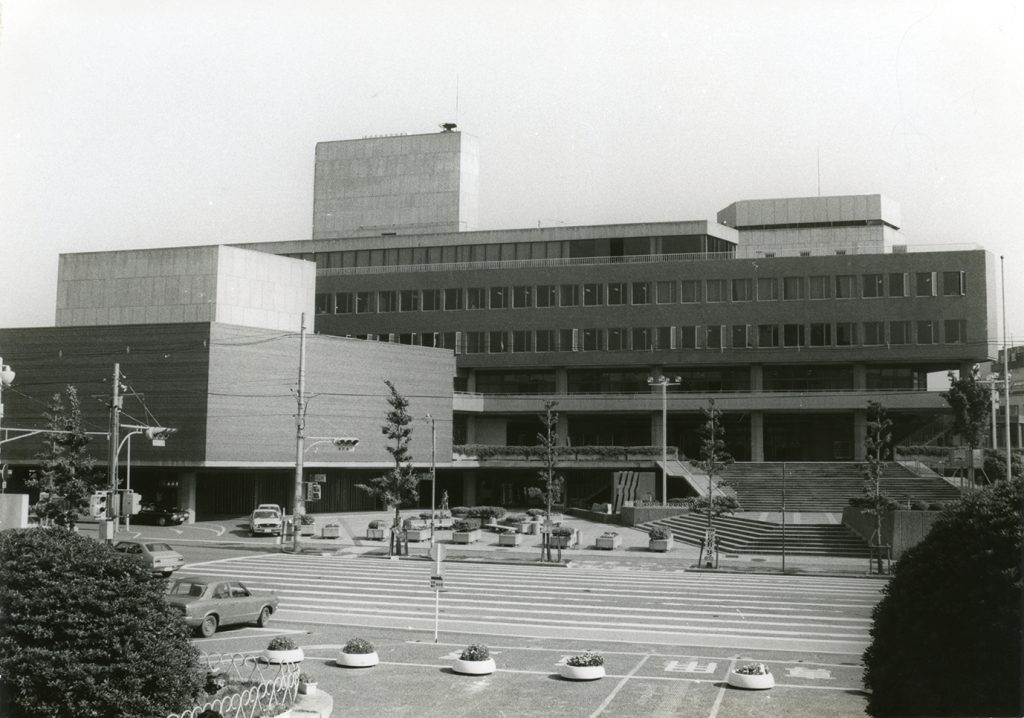

However, housing such an abundant collection can be a double-edged sword. Our other efforts are habitually outshined by the collection. As we approached the 50th anniversary, we introduced the history of the museum’s collection through an exhibition. But that alone was insufficient to showcase the museum’s wide-ranging efforts. We, as a regional public art museum, must become one with the community and discuss topics that will surely influence the next 50, 100 years. To accomplish that, we wanted to showcase all aspects of the museum, not just the “exhibitions.” That is how we came up with the idea to display our museum activities in none other than an exhibition format.
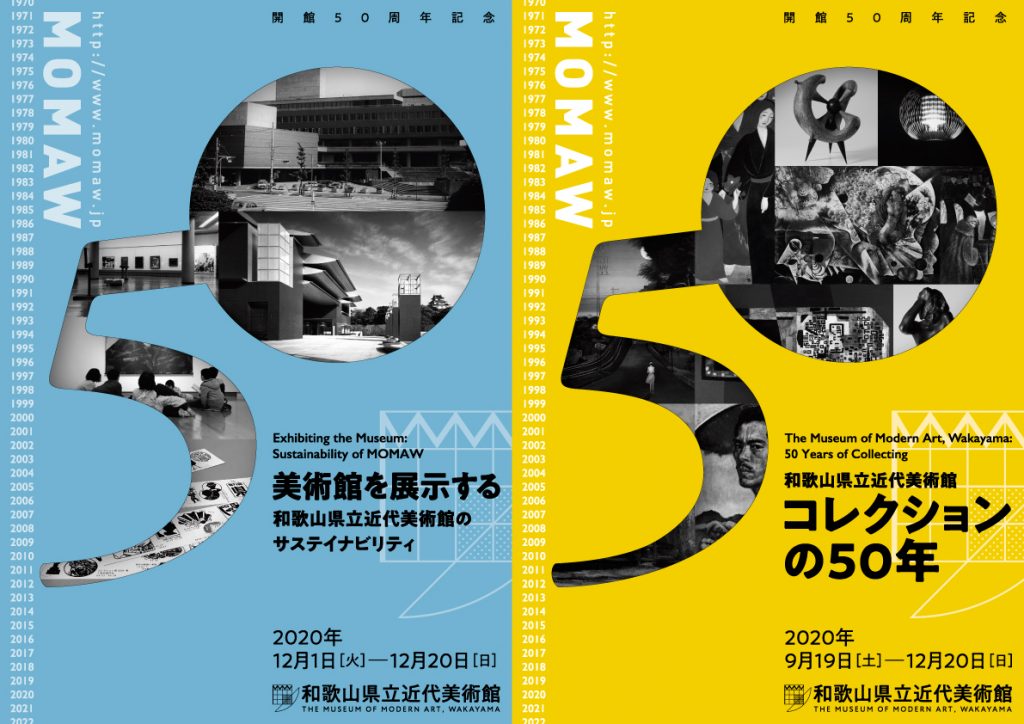
Sustainability Requires Diligence
The term “sustainability” included in the title of this exhibition has been brought to the mainstream in recent years. In the case of museums, works and materials are collected and passed on to the next generation. In that sense, museums are and have been essentially sustainable. The other side of the coin is that nothing but sustainability guarantees the existence of museums. The current ICOM definition of museums as “a nonprofit, permanent institution” should be interchangeable with “a sustainable institution.”
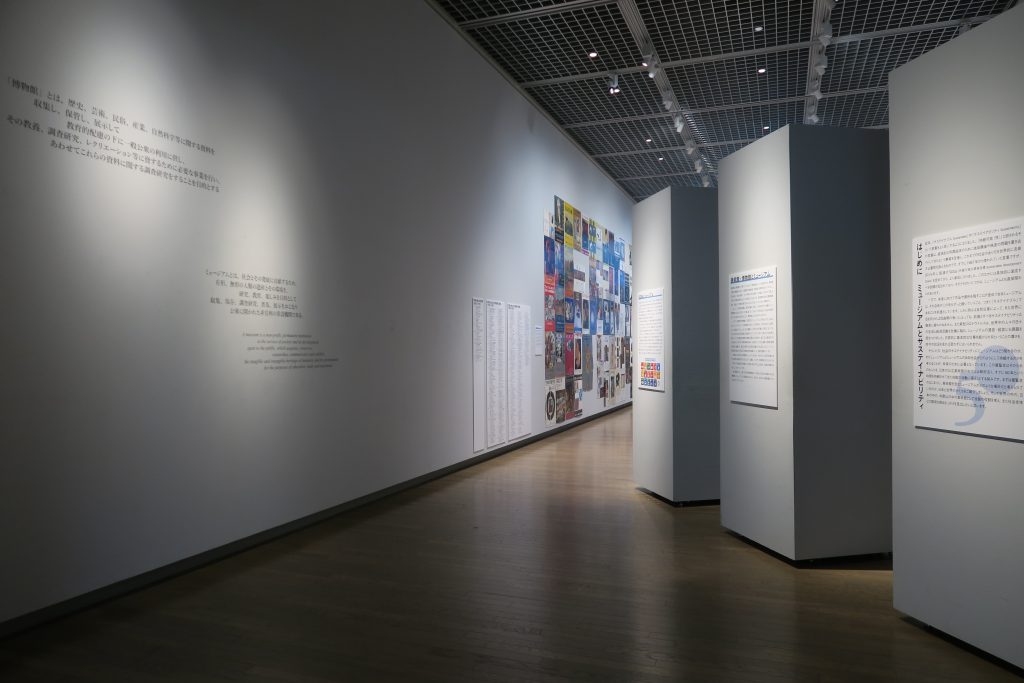
However, last year, museums around the world were forced to close their doors due to the pandemic. Many are still closed to this day. Sustainability is the foundation of our existence, but now we have realized that it is not granted equally or unconditionally. In fact, some even argue that smaller museums are too economically inefficient to remain open and should be integrated.
But the role of a museum is not merely for the safekeeping of valuable materials, and certainly not limited to monumental establishments. Many unique museums around the world are rooted in specific regions, and each of them must be invaluable to the raison d’être of the world with museums. In other words, all museums deserve a place in this world. In order to prove this conviction of mine, what I can do is to share the meaning of the perpetuation of all museums through small efforts to ensure the sustainability of our museum, which has already accumulated 50 years of experience. I was almost feeling a sense of responsibility when preparing for this exhibition.
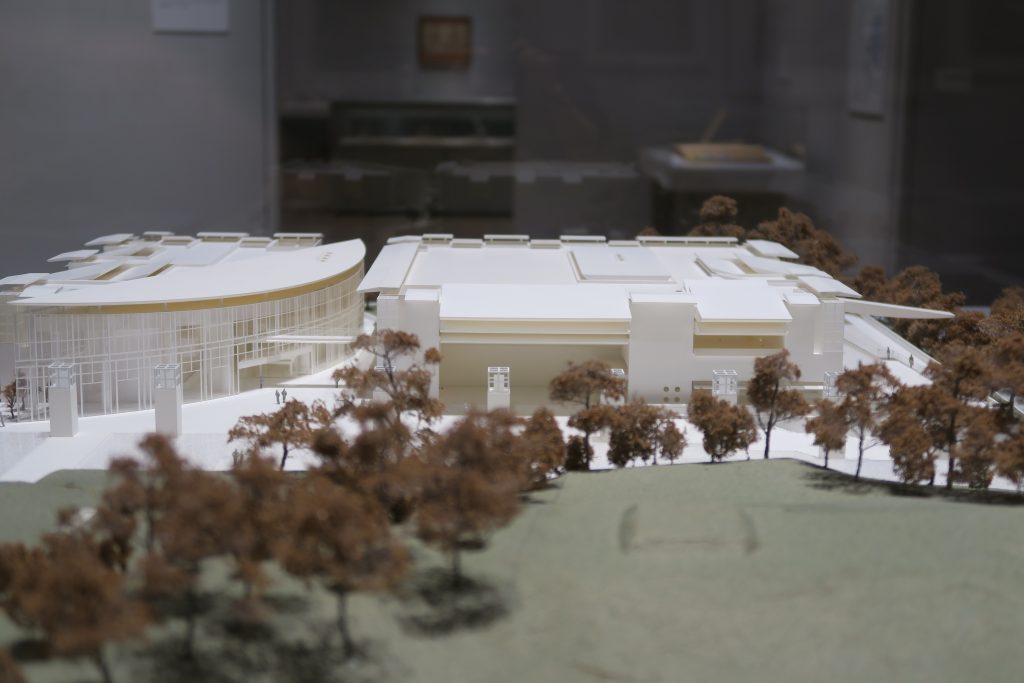
Exhibiting the Museum = Memories x (History + Work + X)
In what shape or form should a museum be exhibited? A chronological timeline of the past 50 years will be the best way to explain the history of the museum. Or if the goal is to gain societal understanding, we can introduce the inner workings and what-not. However, our objective was to evaluate the sustainability of the museum together with the local community. That is why we aimed to create a space where the viewers can examine the exhibition with a sense of accountability. The structure of the exhibition is listed below.
Introduction: Museum and Sustainability
1. 50+ Years of The Museum of Modern Art, Wakayama
2. The Museum of Modern Art, Wakayama; A Vessel
3. Collection for the Future
4. Collection Entrusted
5. Pros and Cons? Exhibition and Sustainability
6. Every One of Us Supports Museum
7. So Far, and Far Off
It would be impossible to describe every aspect of this exhibition in this article, so I ask again to please refer to the website for further information (English translated website will be launched soon). Here, I will focus on a few selected topics.
Let’s start with Part 1, “50+ Years of The Museum of Modern Art, Wakayama.” We used the term “+ years” to refer to the pre-era as the Wakayama Prefectural Museum of Art, which opened in 1963. Exhibition posters, periodicals, newspaper articles, and photographs of the scenes from exhibitions were displayed in chronological order. As a result, the museum’s historical timeline had become a visual trigger, evoking memories for many of the viewers. To museums, past exhibitions are simply the archives of artworks and projects from the past. But to those who visited them, it is an intangible experience. Each of the items was chosen and placed with the intent of evoking the viewer’s memory. The subtitle of this chapter, “Memories x (History + Work + X)” presents an equation where the “museum” is defined by its history and work, then multiplied by the infinite number of memories.
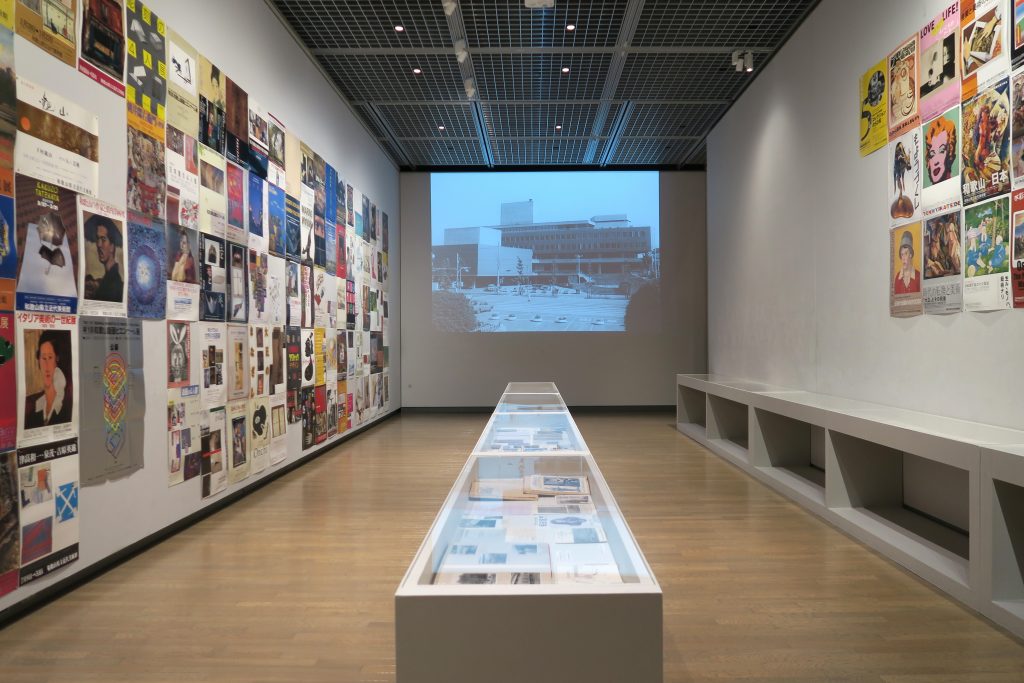
In addition, we projected a slideshow on the wall, of scenes from the old exhibition space. Many of the artworks shown in these photos are displayed in the exhibition “50 Years of Collecting” held one floor below. For those viewers who noticed the connection, they must have felt the continuity of history that literally “lies at their feet.” Putting aside the words “Museums are like the family sepulchers of works of art,” by Theodor Adorno, the way we can conjure the past to the present, is proof that experience is not constricted by the concept of time. We can bask in “the present moment” alongside our ancestors.

Part 3. “Collection for the Future” and Part 4. “Collection Entrusted” are both related to our collection making. We purposely introduced stories and items that would oftentimes be excluded in a neutral exhibition space and presented them along with the corresponding artwork. These items include research materials inherited from our predecessors, the actuality of research and restoration work, and the relationship between the museum and the individuals who make donations. “Behind every item, there is a backstory of a passionate individual who made tremendous efforts for its preservation.” – this will undoubtedly be added on as a memory about the artwork.
In Part 5. “Pros and Cons? Exhibition and Sustainability,” we examined the creative process of an exhibition from the perspective of “tangible sustainability.” There are unavoidable risks when a work of art is displayed to the public. The safety of an artwork when it is being lent or borrowed by an institution or used for a traveling exhibition has even been the topic of debate since ICOM was first established. But still, the benefits of exhibiting these precious works of art outweigh the risks of preservation. Because what is most damaging to an artwork rather than vandalism or natural disasters, is indifference of people and to go fade into oblivion as its result.
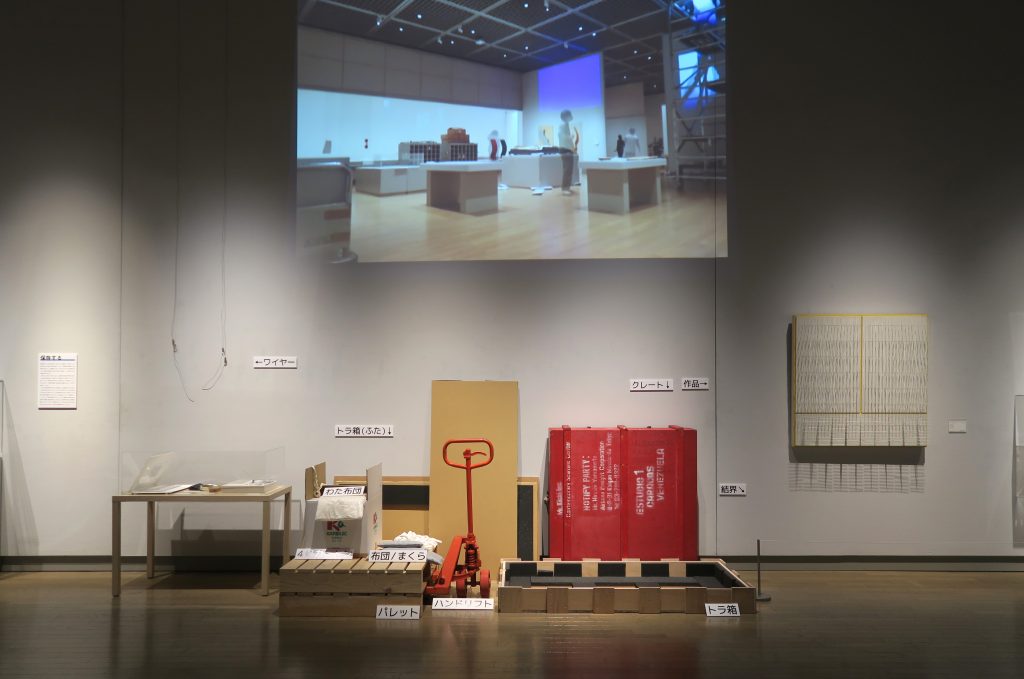
Until Part 5, the exhibition centered around the activities of the museum. Parts 6 and 7 introduce the relationship between people as part of the museum. Our museum is a gathering place for a local NPO, museums supporters, and school teachers. The activities led by the community are the small but significant pieces that constitute a museum and support its work.
At the end of the exhibition, we created a space to hear directly from the visitors and online participants, “The Museum of Modern Art, Wakayama – Your Memory” where visitors wrote personal memories related to the museum on a small piece of paper and posted it into a mailbox. As we paste one by one on the wall, “your memory” amassed into “our memories.” By incorporating this installation, we aimed for the exhibition itself to be an accumulation of everyone’s memories. Let me remind you of the subtitle of this chapter, “Museum=Memories x (History + Work + X).” As you’ve already guessed, “X” is interchangeable with each person who has contributed to the museum in one way or another.
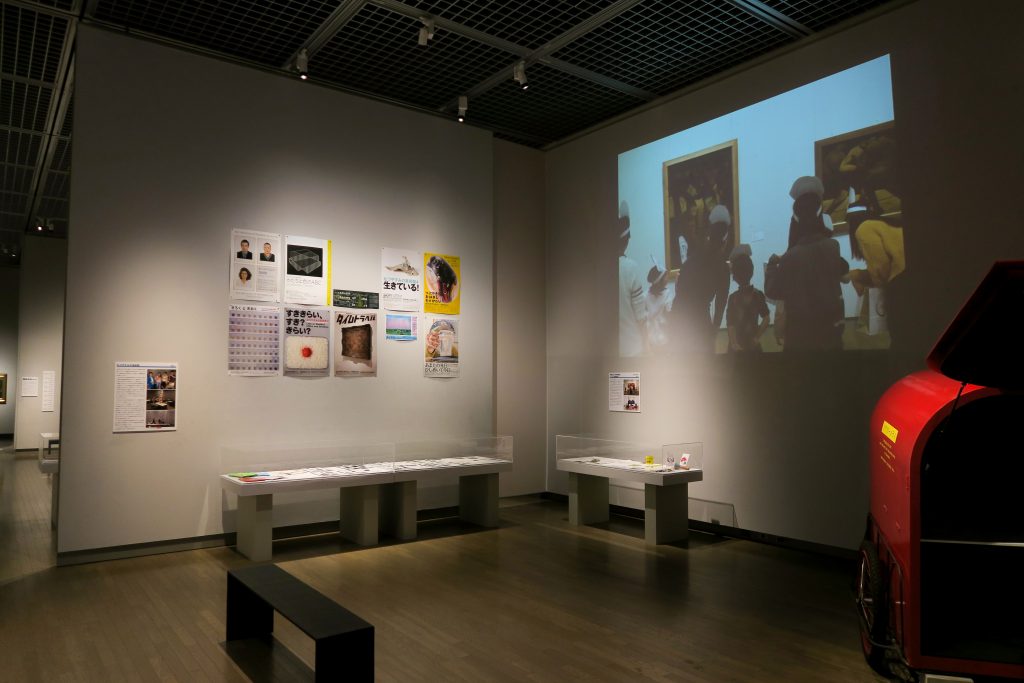
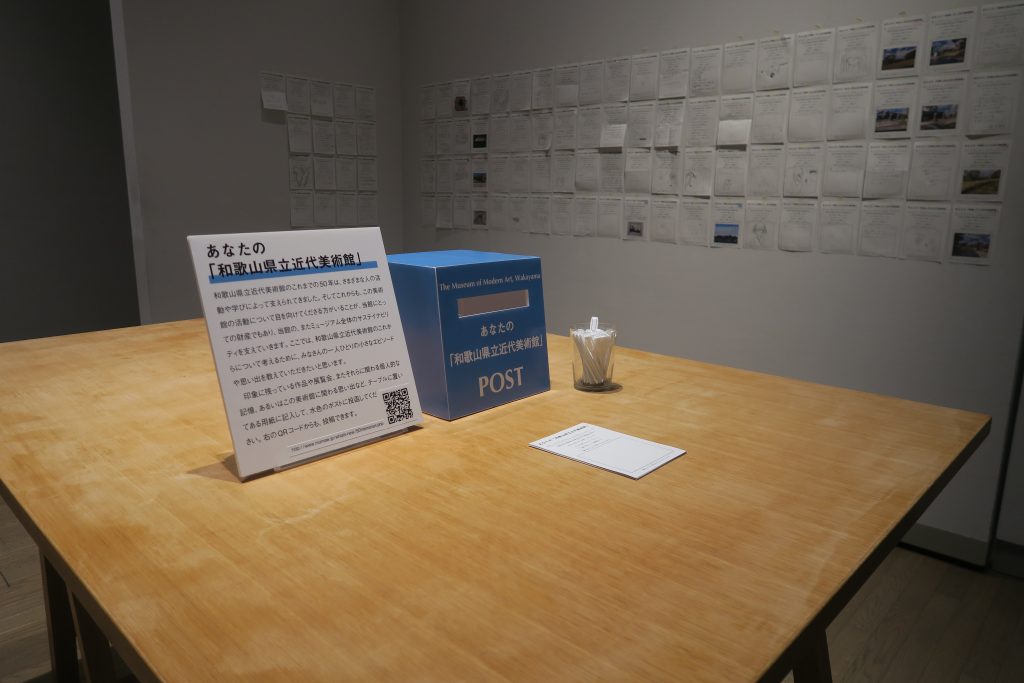
Future of Sustainability
Exhibitions disappear after their scheduled period. The remnants of the exhibition are things such as catalogs and lists of works, that will certainly be kept as records. However, the importance and purpose of an exhibition are not merely the compilation of works and materials. An exhibition is brought to life only when people gather and reflect upon its contents. We were truly tormented by this fact when we had to close the museum during the pandemic.
Last year, our museum was closed for approximately 10 days during April and May. Like other museums around the world, we considered what museums should do. We all struggled with an insurmountable number of issues including rescheduling exhibitions, readjusting educational programs, online adaptability, sterilization and cleaning the museum, checking for high-risk contact of the virus, losing profit, and securing staff employment.
My heart was heavy with the unforeseeable future. However, the turning point came when I received a phone call from the other teachers in our study group saying, “Do you have some time now? Let’s talk about how we can move forward together.” It was in an optimistic tone. Another saving grace came on the first day of reopening the museum, when one of our regular visitors came bursting through the door unable to contain their excitement. This visitor was a little girl who always participated in our elementary school programs. During the time that we were closed, she had been thinking about ways she can contribute to the museum. Since then, for the past year, she has frequented the museum to film content for her YouTube channel to upload videos on the joys of the museum experience.
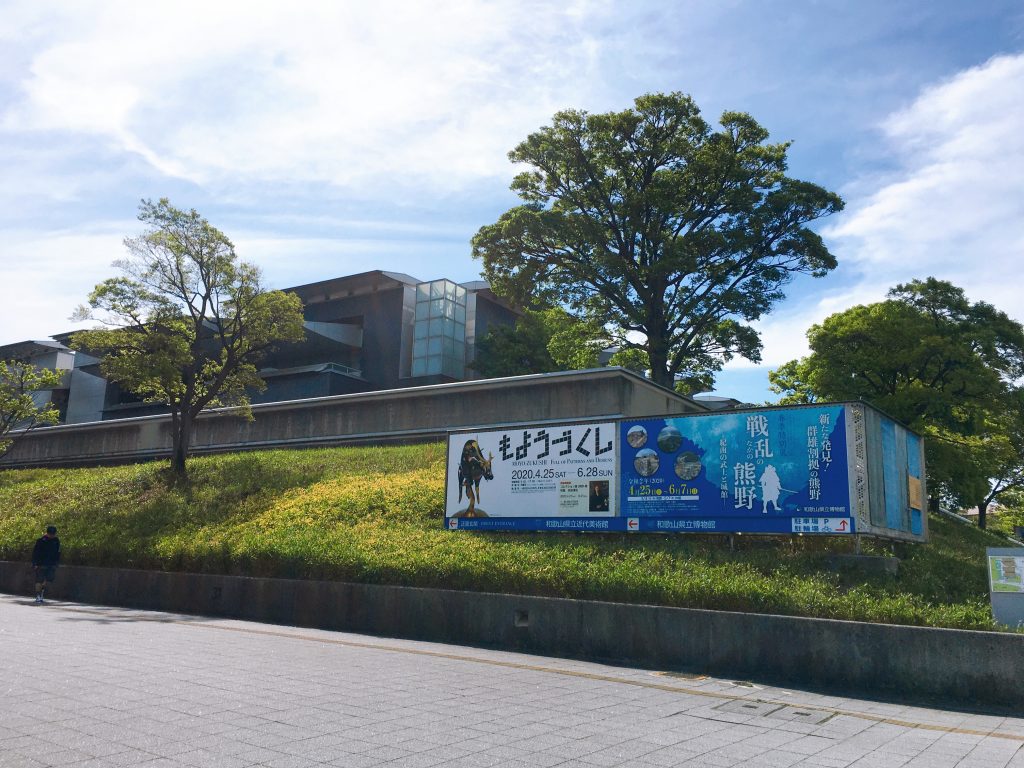
The museum is responsible for creating solutions to the operational issues that arise, and it will have a direct impact on the future administration and survival of our activities. But what I am sure of now, is that we are not alone. The public is our supporter and our ally, and our responsibility as a museum needs to range further than merely creating opportunities for discussion. We must come together as a unified team because that is where the future of sustainability is derived. Of that I am certain.
(Kanae Aoki)